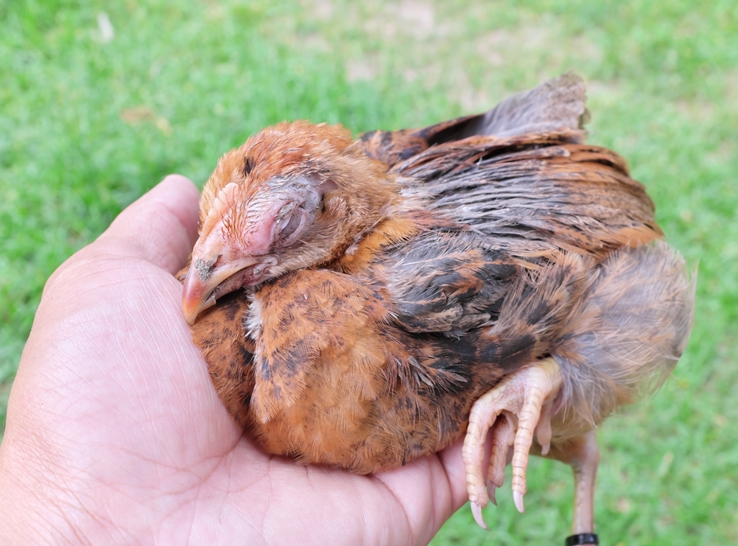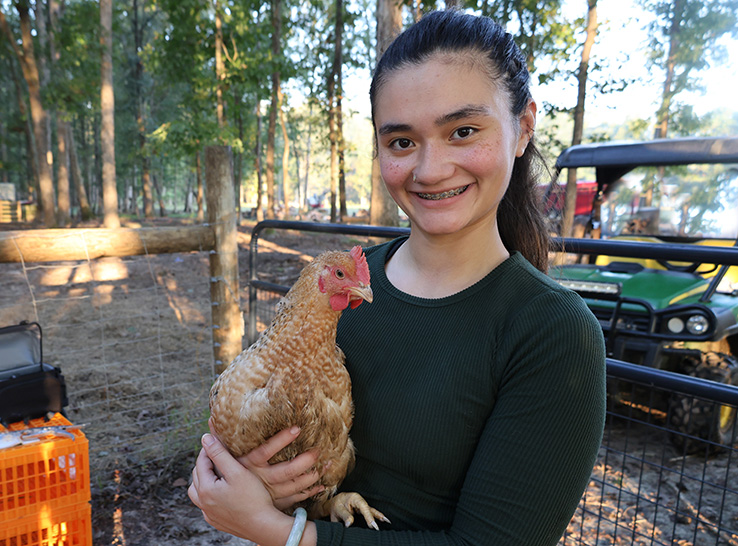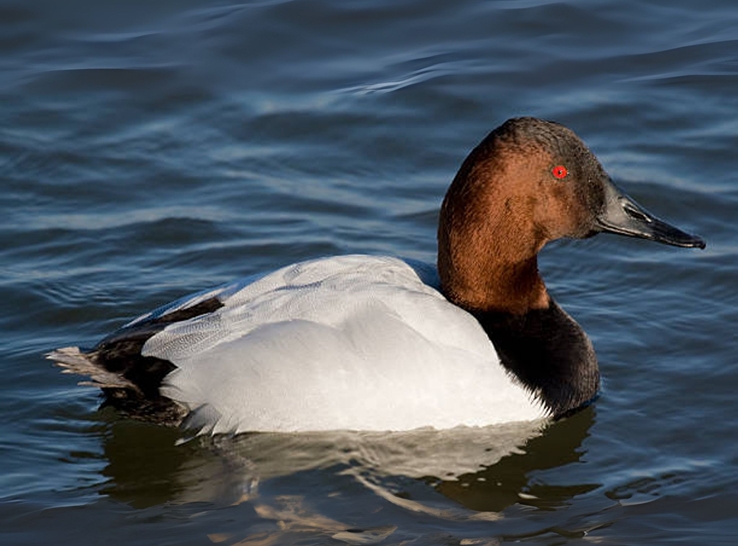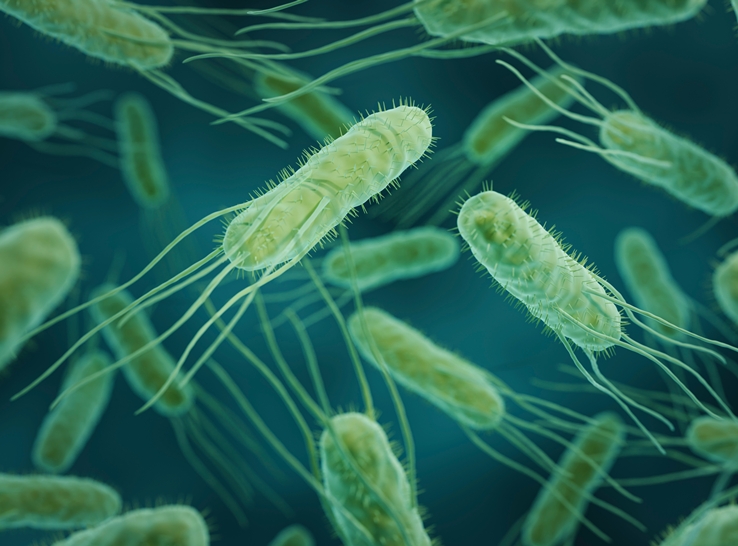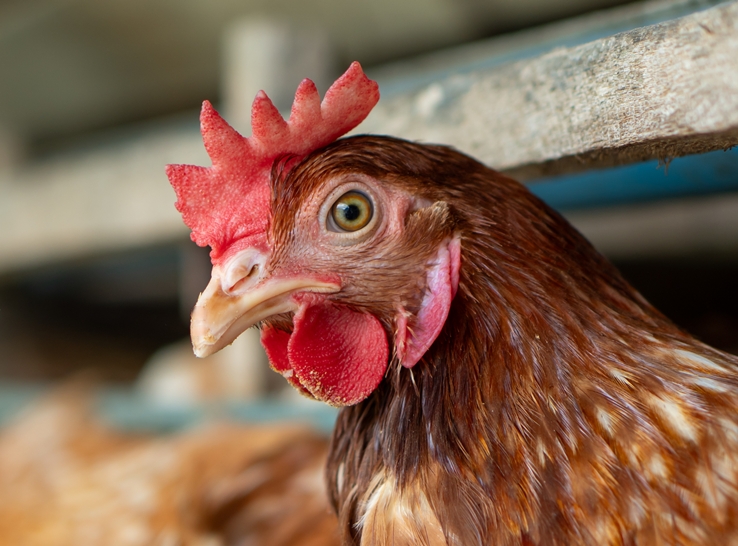Why strategic coccidiosis control still matters: Merck’s Emily Kimminau shares her insights for smarter cocci control programs
Emily Kimminau, PhD, has firmly become one of the industry’s go-to specialists in coccidiosis — a disease that remains one of the most prevalent and costly challenges in global poultry production. In this Q&A, she talks about disease trends, gut health strategies and what the future holds for data-driven poultry production.


